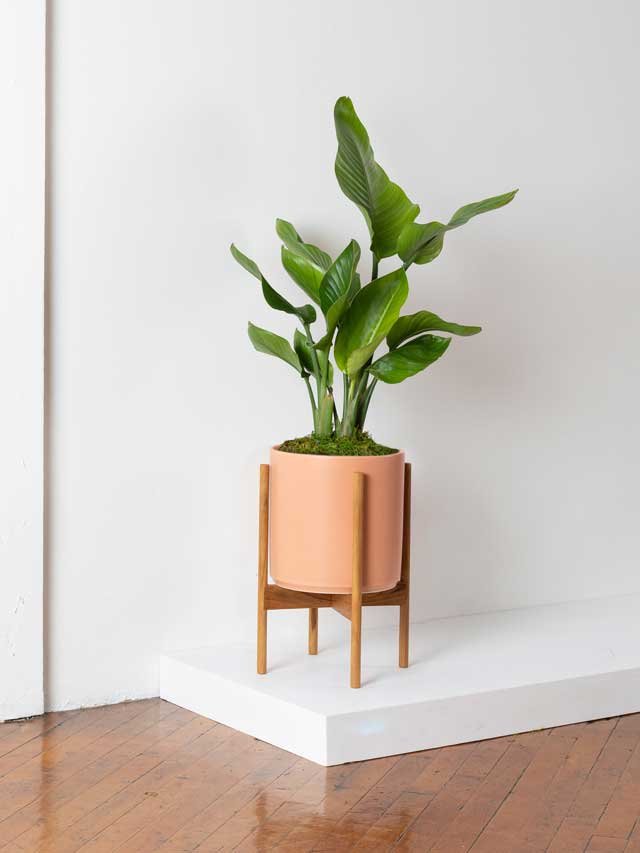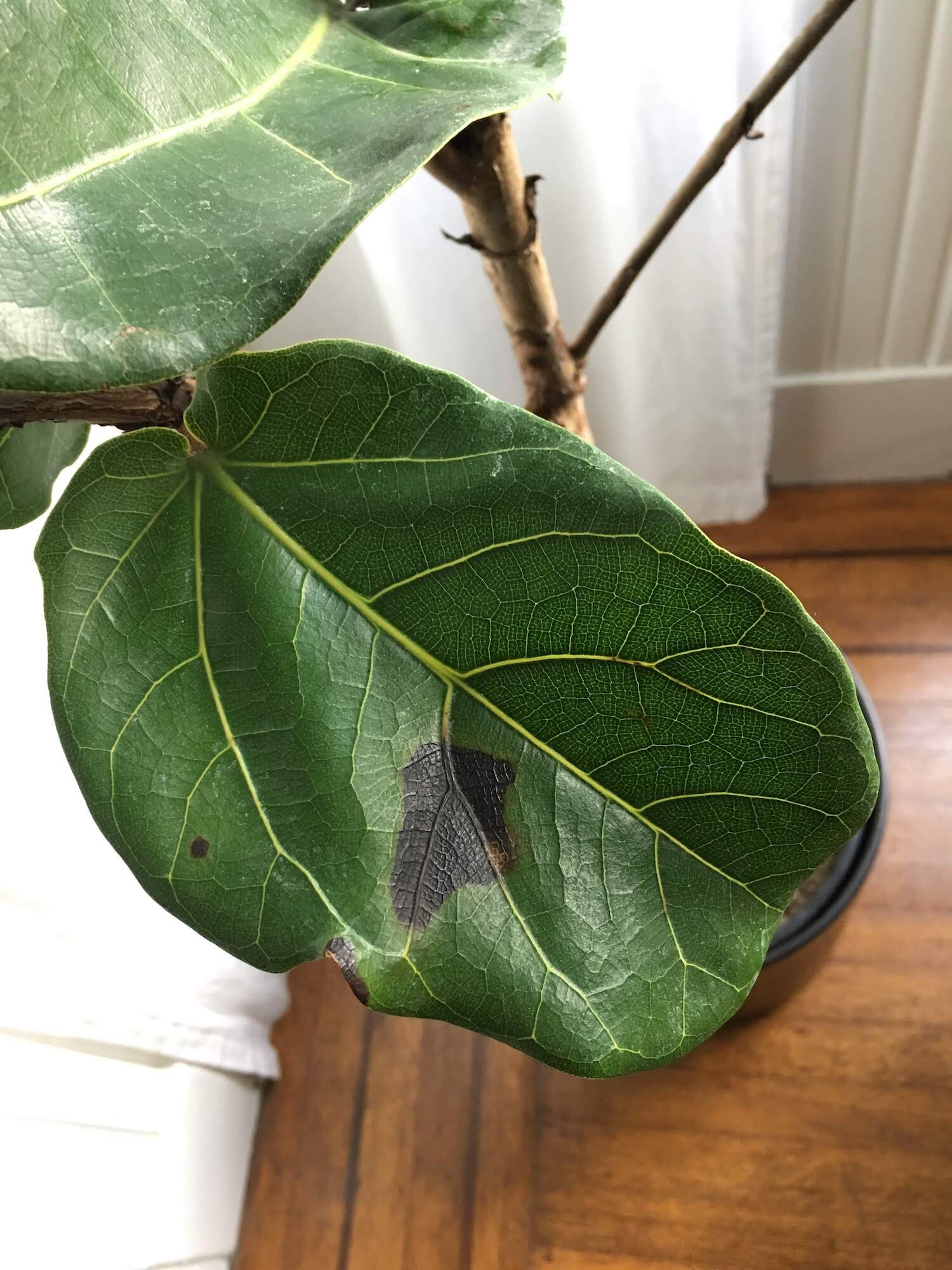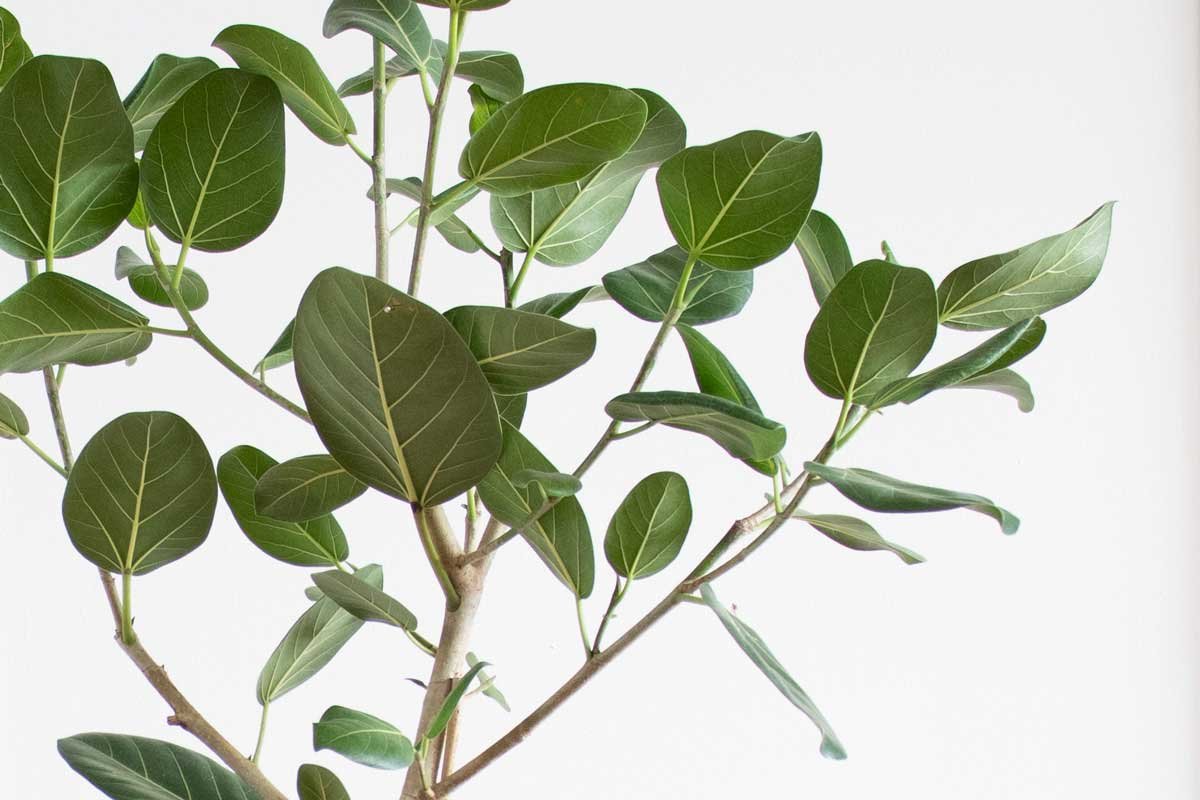How to identify scale on houseplants
Scale insects are small, immobile, and often hard-shelled bugs that appear on leaves and stems and suck out vital nutrients from your plants (yeah, kinda gross). This can cause your plants to lose color, vigor, and in extreme cases, death.
There are two types of scale—armored (hard scale) and unarmored (soft scale). While scale can vary in color, shape and size, the most common type shows as hard brown bumps (armored) on your plant’s leaves and stems. You may also see scale that is white and soft (or unarmored). Keep in mind that because scale latches on to your plant, you will not see it move at all—and removing it thoroughly when there is an infestation can be quite tricky.
Where does scale come from?
Your plant may get scale from many different places. It could be from another contaminated plant, fresh produce brought home from the farmer’s market, or simply from being simply being outside in the warmer months of the year. It’s often unclear where scale comes from, but also keep in mind that unhealthy or neglected plants can be far more susceptible to pest infestations than their healthier counterparts.
How to treat scale on houseplants
Neem oil is our go-to natural pesticide solution for all types of pests. Not sure what Neem oil is? Neem oil is incredibly effective at eradicating infestations because it attacks pests at all stages of development, from larvae to adult.
That said, a full blown scale infestation (because scale, like most common houseplant pests, can reproduce quickly) will require more work than simply dousing with neem oil. You will need to manually remove each scale, and the best way to do this is with rubbing alcohol:
Dab a Q-tip in rubbing alcohol and pick off the scale bugs one by one
Moisten a paper towel or cotton ball and thoroughly wipe down the more infested areas
Continue to use Neem oil on the leaves, stems and base of the plant
Repeat this once a week for 3-5 weeks, or until you're no longer finding scale on your plant
Recovery will take some time, but be optimistic — indoor plants can be surprisingly resilient. Once you've controlled the issue, your plant will thank you with color and life springing back into their foliage!
Not sure what your plant has is scale? Read our full guide on identifying and treating common pests.
BIRD OF PARADISE
A popular and easy-care indoor plant for creating that instant jungle atmosphere.


















